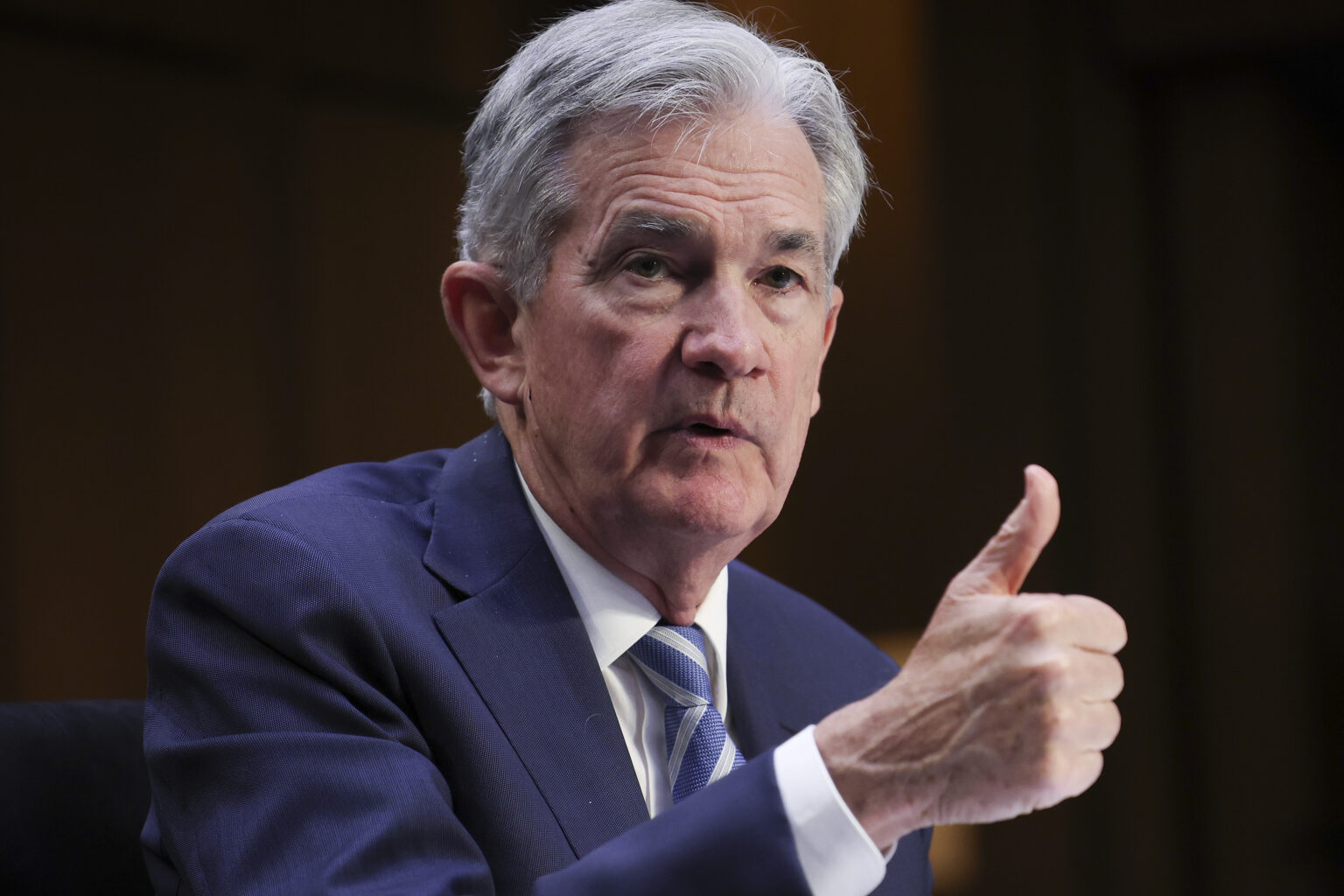Federal Reserve Chair Jerome Powell indicated that interest rate cuts may come as early as September 18. However, he did not say how large the reduction might be, though experts expect them to be conservative.
Powell cited cooling inflation and uncertain job markets. A Bureau of Labor Statistics report indicates that a modest 114,000 jobs were added in July 2024 — lower than expected. Meanwhile, the unemployment rate rose to 4.3%.
On July 31, the Federal Reserve’s Board of Directors voted to keep interest rates at 5.5%, where they have been since July 2023. They plan to monitor economic indicators such as inflation, which has exceeded the Fed’s goal of 2% since 2020, peaking at 8% in 2022.
Related: Second Trump Presidency Would Reignite Inflation, 16 Nobel-Winning Experts Say
In June 2024, the Consumer Price Index indicated that prices rose 3% year-over-year, a promising sign that the Fed is getting closer to its goal.
However, Powell stressed the Fed would be moving cautiously. Speaking at a central banking conference at Grand Teton National Park’s Jackson Lake Lodge in Wyoming, he reiterated the need to monitor economic conditions.
“The direction of travel is clear, and the timing and pace of rate cuts will depend on incoming data, the evolving outlook, and the balance of risks.”
Jerome Powell, at an economic symposium in Jackson Hole, Wyoming. August 23, 2024.
The Federal Reserve bases rate cuts on an economic report due out on September 6. If the report looks favorable, the Fed could cut rates by up to 50 basis points, or half a percent. However, some senior Federal Reserve officials hesitated to support significant rate cuts.
“Right now, I’m not in the camp of 25 or 50 — I need to see a couple more weeks of data,” Philadelphia Federal Reserve Bank President Patrick Harker said during an appearance on CNBC.
The caution may be underscored by past errors. Namely, the Federal Reserve’s slow initial response to signs of increasing inflation in 2021. That year, Powell said the 2021 inflation was a “transitory” reaction after a massive influx of pandemic-related stimulus.
The response to the COVID-19 pandemic included mass shutdowns and hit small businesses and employees hard. In 2021, everything that could ride the pandemic out began to open back up, though many never fully recovered.
However, the Federal Reserve inevitably had to respond to increasing inflation by raising interest rates — and sharply. In 2022, Powell acknowledged that interest rate hikes would cause “some pain,” most notably, in the job market.
The stock market, for instance, is sensitive to changes in the Federal Reserve’s interest rates. Traders and investors hesitate to borrow money if interest rates are high. Wall Street was unhappy with the July decision to keep the interest rates unchanged. However, they seemed to perk up at Powell’s announcement that the Fed could cut interest rates in September. The Dow Jones clocked a record close on the first market day since Powell’s speech at $41, 240.52.
Related: Bank of Japan Raises Interest Rates on Yen, Sparking Global Stock Market Crash
Despite the hesitation in other economic indicators, adjusting interest rates has always been the Federal Reserve’s best tool for controlling inflation. The Fed has kept its interest rates high for the past several years to combat higher-than-normal inflation.
With inflation numbers cooling right as unemployment rates start spiking, the Powell’s policy may be able to deliver the “soft landing” he’s been hoping for.
Related: Jerome Powell: September Interest Rate Cuts “On The Table”


